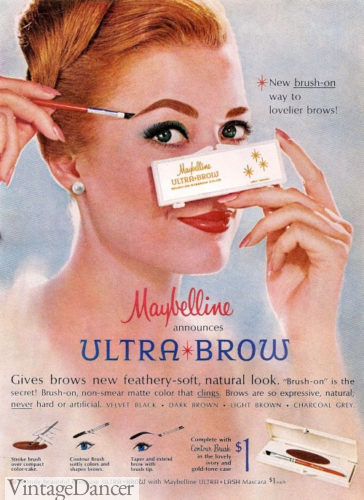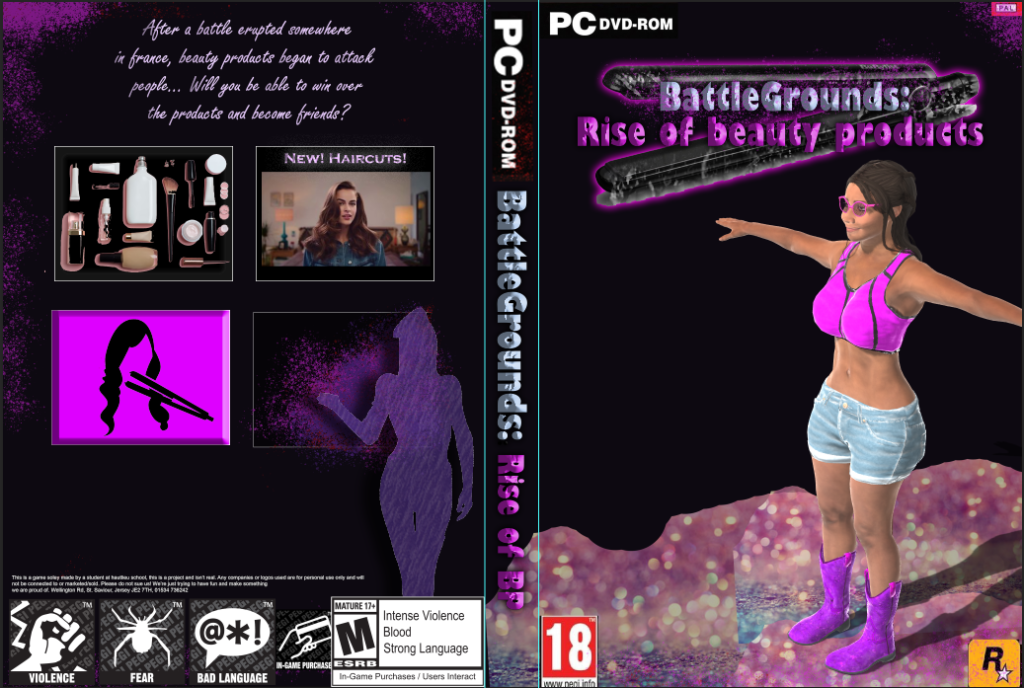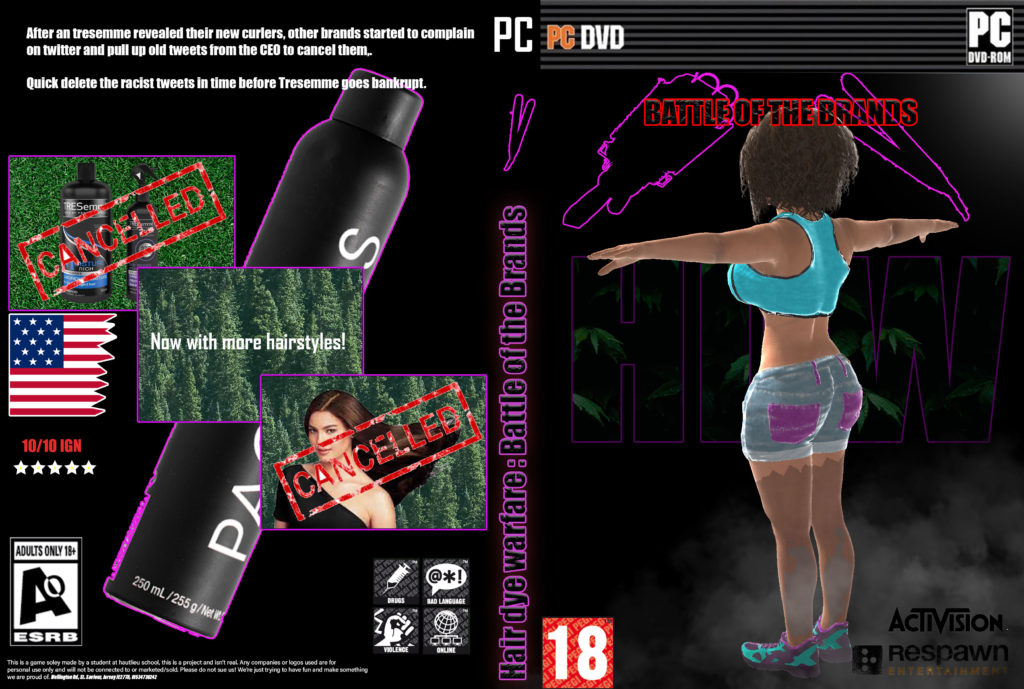
Representation
This advert was from 1963 and is a reactionary representation of men and women in media due to the fact it is portraying the white male as the dominant figure, which contrasts the females who are portrayed through the eyes of the male gaze and give off a very submissive persona . This is stereotypical of the advertising industry as these representations were very much reflect the dominating ideology then as well as now. It shines a negative light on women as it creates this belief that they are often very dense and will do anything to please a man whilst shining a positive light on a mans favourable characteristics such as their ability to attract women and easily dominate them just by simply using a hair product – this point is seemingly very sexist. The only aspects of women that the advert show are those that are favourable to men: their bodies and their stereotypical submissive tendencies – illustrating the voyeuristic tendencies of the patriarchy. The advert highly sexualises women by using conventionally attractive women and exposing their bodies by dressing them in little to no clothing – which seems ironic as the product is to be used by men . It then positions them in such a way that they carrying him, as if they are his slaves, and are reaching for the man in hopes for his approval. The combination of the seductive image of the women and their positioning is used as a way to sell the product as it makes a man believe that by using the hair cream he will suddenly attract more women. The fact that the man is positioned higher than the women, sums up that the dominant ideology that men are superior to women is in fact a real thing (but not necessarily true), and that using this hair cream will maintain this sexist hierarchy.
In terms of representations that are less obvious, this can also be seen as a racist portrayal in the sense that not one black person is represented in the advertising of this product. Their lack of representation creates the misrepresentation that this product is not for black people which accurately illustrates societal views of black people at the time which will prevent them from buying the product. This is reiterated by the exotic setting which reflects upon colonialism when white people exploited and stole land from the black natives once again reinforcing the white supremacy ideology and that this product is not directed at them.
vvvAdditionally, this can be seen as a homophobic representation due to the strap line ‘get what you’ve always wanted’. This implies that by using this cream you will attract more women, due to the image of multiple women admiring the man, creates a misrepresentation that someone whose sexual orientation is not women will not get the same effect of the product. Therefore people of that collective identity will not be able to relate to the advert and therefore wont buy it.
In terms of identity, each person in the advert has formed a constructive identity based on the principles of what it is to be a man during the 1960s and what it is to be a woman. The man in the advert, conveys the stereotypical masculine persona, dominant, manly, powerful, because any other identity would have been rarely accepted at the time – he has constructed his identity based on what he was told was ‘right’ at the time. The same goes for the women, they have constructed the stereotypical feminine persona, submissive, beautiful, innocent, as ,at the time, they would have been told that the is all they were good for. You could also link this to the idea collective identity as the male creates his identity to fit in with other male, likewise with the females
Narrative
- Initially, he is an average man living an average life.
- He then buys Score hair cream
- After using the cream he finds himself bombarded with female attention
This narrative is used to sell the product as female validation is what their male target audience will seek.












